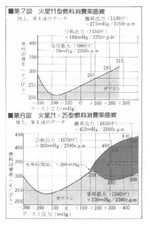Shortround6
Lieutenant General
I wonder what the BTUs per pound were or what the weight per gallon/liter were?
Use of some (?) alcohol may help the gasoline + water mixture stay mixed.
Use of some (?) alcohol may help the gasoline + water mixture stay mixed.






